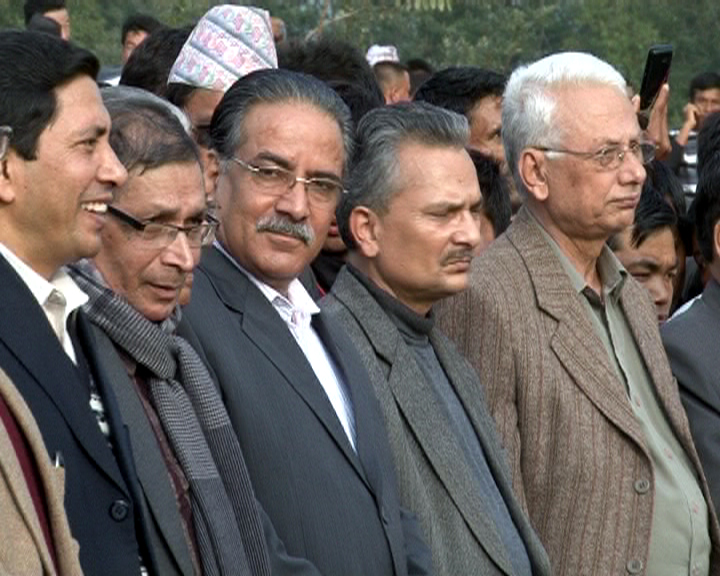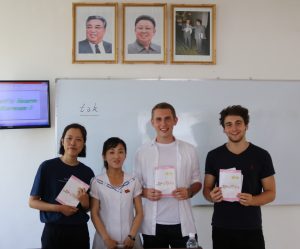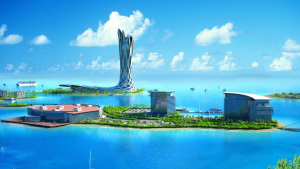The People’s War in Nepal
Back in 1996 a group of Maoists in Nepal started a People’s War in the countryside targeting government and police outposts.
Ten years later in 2006 they had grown to control large swathes of the country, 80% in some estimates, including nearly all of the countryside, leaving only the urban areas in the hands of the government. They set up schools and rudimentary healthcare, and ran their areas as collectives, revolutionising rural life in what is one of the poorest countries in the world. And of course they armed the people to fight against the state.
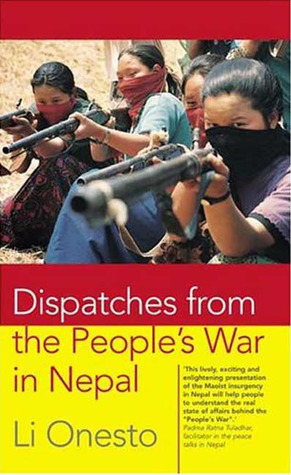
American journalist Li Onesto visited the Maoist held areas and wrote in the vein of Edgar Snow’s visits to Mao Zedong’s Yan’an in pre-1949 China. Her book Dispatches from the People’s War in Nepal remains a solid account of the Nepalese Maoists during the Nepali Civil War.
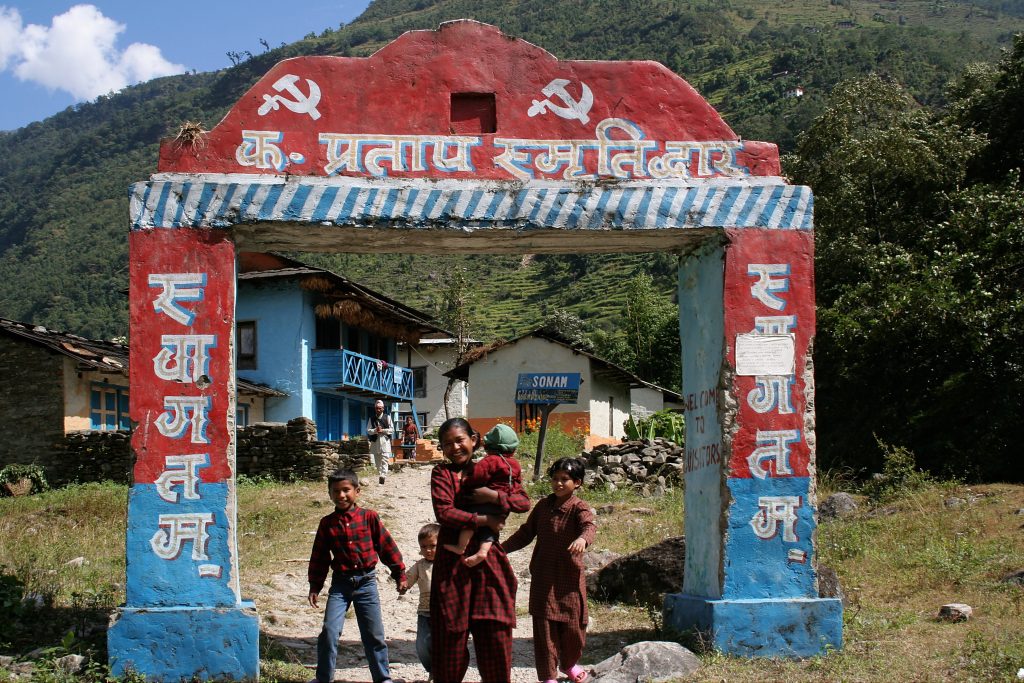
The Communist Party of Nepal (Maoist) with its People’s Liberation Army took inspiration from Chairman Mao Zedong, seeing “Maoism” on a par with Marx and Lenin and creating the political philosophy of Marxism-Leninism-Maoism. They see Mao’s Cultural Revolution in China as the pinnacle of revolutionary political history thus far.
This, it has to be said, is in stark contrast to the Communist Party of China who see Mao’s contribution as Mao Zedong Thought (not an ism), and only applicable to China not worldwide and which sees the Cultural Revolution as “ten wasted years”.
Communist theory aside, Nepal was a monarchy but with a parliamentary system where elections were fought out between numerous parties, the main ones being the Nepali Congress Party, similar to its Indian counterpart, the monarchist Rastriya Prajatantra Party and the Communist Party of Nepal (Unified Marxist-Leninist), who the Maoists accused of being a revisionist party content simply with contesting elections and a comfortable, urban life for its dignitaries in the parliament.
To cut a long story short, in 2005 King Gyanendra banned all political parties and assumed total control with the vow to destroy the Maoists, thus pushing the other parties to alliance with the Maoists in the fight against royal autocracy. The monarchy had suffered a truly royal massacre of most of its members back in 2001 including the King Birendra, by Crown Prince Dipendra, and the former king’s brother, Gyanendra, was hugely unpopular.
The United Front against the King
In 2006 a 3-day general strike, or bandh in the local parlance, was called. In Nepal they take general strikes seriously, piles of tyres were lit on fire on all major roads and no vehicles could take to the streets or businesses open without facing the wrath of the general public, a huge majority of which wanted the end of Gyanendra’s reign.
This strike was extended and extended until after a full 21 days of strike and protests with running battles between the monarchist police and the Royal Nepalese Army on the one side and the protesters on the other, the King promised to reinstate the political parties and allow the Maoists to contest a general election.
The Maoists won the most seats in the election in 2007 and promptly disbanded the monarchy; Nepal became the first country since Iran in 1979 to overthrow its monarchy and become a republic.

The People’s War had been massively successful, as had the movement against the monarchy; the Maoist leaders Prachanda and Baburam Bhattarai had become main players in Kathmandu politics. What’s more, a “Red Corridor” had been formed from Nepal down through Bihar, Chhattisgarh, Jharkhand, West Bengal and other parts of India and the Nepali Maoists enjoyed close links with their Indian comrades in the Communist Party of India (Maoist), popularly known as the Naxalites.
This was all accomplished during a time when “colour revolutions” weren’t even in style yet, although with the Maoist presence so dominant western media and governments were at best lukewarm in welcoming the success of Jana Andolan II, the Second People’s Movement, as it is known in Nepal, which overthrew the autocratic monarchy and brought democracy to Nepal.
What happened to Maoism in Nepal?
After election victory and the successful abolition of the monarchy, things went sour for the Maoists quickly. When I visited Nepal in 2009 Maoists in Kathmandu were openly criticising the party leaders for ditching their revolutionary principles and history.
The Communist Party of Nepal (Maoist) soon became the Communist Party of Nepal (Maoist Centre) after a merger with no fewer than ten other Maoist parties. Splinter groups formed who were not impressed with Prachanda’s focus on democratic elections as the route to power.
Mohan Baidya, aka Comrade Kiran, who had been imprisoned in India for much of the final years of the People’s War, left the party to form the Communist Party of Nepal (Revolutionary Maoist) with other leftists within the party. Whereas the CPN (Maoist) had been seen as being at the forefront of the fight against class, caste and gender discrimination, it was now being criticised as being a mainstream party no better than the old revisionists.
At the same time ethnic politics in the Nepali lowlands bordering India took off, and new political parties formed there with the aim of representing the Madhesi population. In 2015 Nepal also suffered a devastating earthquake, which laid waste to buildings all over Kathmandu.
Election Losses and More Party Mergers
The following elections in Nepal saw much less success for the Maoists, and arguments surrounding the role of the Nepalese Army and the constant push for a Constitutional Assembly to decide a new constitution meant that governments came and went in quick succession.
In 2018, having been in coalition government together, Prachanda’s Maoist Centre formally united with the United Marxist-Leninists, creating the largest party in Nepal and an ironic alliance between former enemies of the communist world, an alliance between the centre-left and hard-left. The new party is simply called the Nepal Communist Party (NCP).
This year, the Madhesi Parties united to form the People’s Socialist Party of Nepal (PSP), with one of the presidents being Baburam Bhattarai, Prachanda’s former Maoist right-hand man.
Today, the NCP controls the House of Representatives, the upper house of the National Assembly, and the majority of the provincial assemblies. The right-wing Nepali Congress Party lags far behind, and the PSP a distant third, as the three main parties in Nepali politics today.
The next election will be in 2022.
Nepal Today
Depending on your politics, the Maoists were incredibly successful in revolutionising rural Nepal and bringing down the monarchy, and have sold themselves out to democratic politics and comfortable positions of power in Kathmandu. Alternatively, they were violent revolutionists who at last have been brought into the political mainstream.
One of the key questions Prachanda and his party will have to answer is whether revolutionary change can come through elections, or whether the party even truly maintains any of its revolutionary heritage at all now. One of the Maoist splinter groups, Chand, has recently set off bombs around Kathmandu and sees Prachanda as a sell-out.
What’s more, there are signs that the NCP will eventually split once again, leaving the mainstream communist goal of a “Happy Nepalese and Prosperous Nepal” once again dead in the water and a reversion back to weak coalition governments.
While it is easy to think of trekking in the Himalayas and the hardcore Nepali Ghurkha as representative of this Asian nation, the real issues in Nepal remain lack of access to education and healthcare, widespread gender and caste discrimination, incredibly poor infrastructure and economy, and poverty levels amongst the worst in the world.
Nearly 15 years after the People’s War in Nepal, it may be hard not to conclude that the very same problems that led to its beginnings still exist today.
To read about the original Maoist custom Nepal adventures click here
